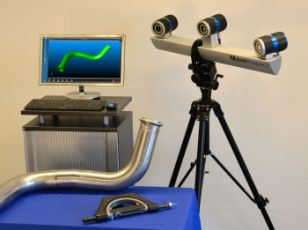
Because the cost of eye trackers was around 30,000 a decade ago, it was too expensive to consider use in real user-computer interfaces. Eye trackers have existed for a number of years, but, early in the development of the field of eye tracking, the use of eye trackers was largely confined to laboratory experiments to observe the nature of human eye movements, rather than to use these movements as an actual control medium within a human-computer interaction (HCI). IntroductionĮye tracking technology, which is based on an eye tracker that measures the movement and positions of the eye has played an increasingly important role in psychology, marketing, and user interfaces. It is demonstrated that the proposed system is very effective with regard to usability and interface design. The Technology Acceptance Model (TAM) measures are used to evaluate the perceived effectiveness of our system. In the experiment, two interactive tasks with different difficulty (searching article and browsing multimedia web) were done to compare the proposed eye control tool with an existing system. Additionally, a magnifier module is proposed to allow the accurate operation. The usage flow of the proposed system is designed to perfectly follow human natural habits.

The proposed system focuses on providing a simple and convenient interactive mode by only using user’s eye. In order to improve the reliability, mobility, and usability of eye tracking technique in user-computer dialogue, a novel eye control system with integrating both mouse and keyboard functions is proposed in this paper. Eye movement can be regarded as a pivotal real-time input medium for human-computer communication, which is especially important for people with physical disability.


 0 kommentar(er)
0 kommentar(er)
